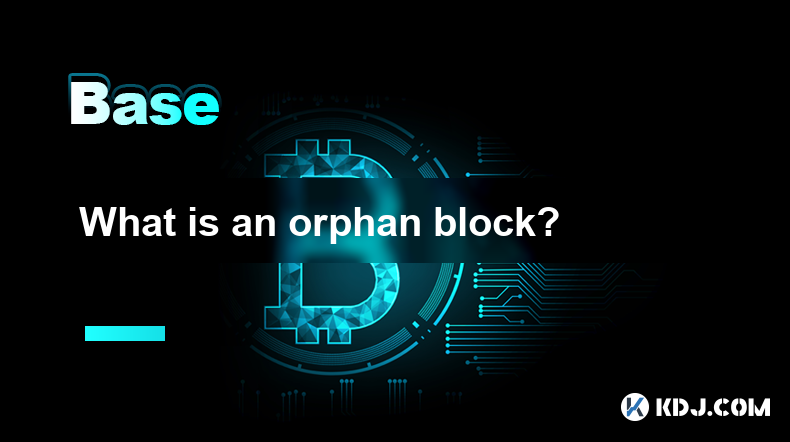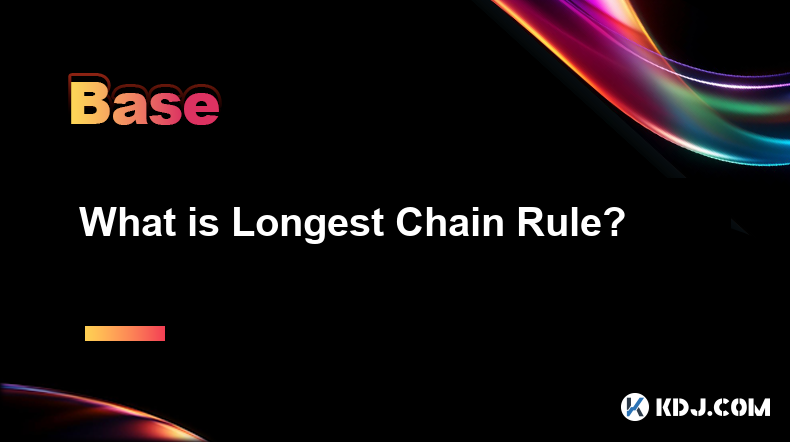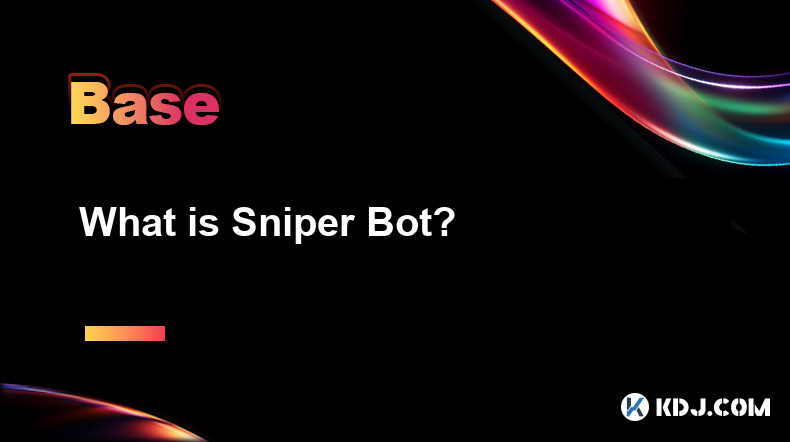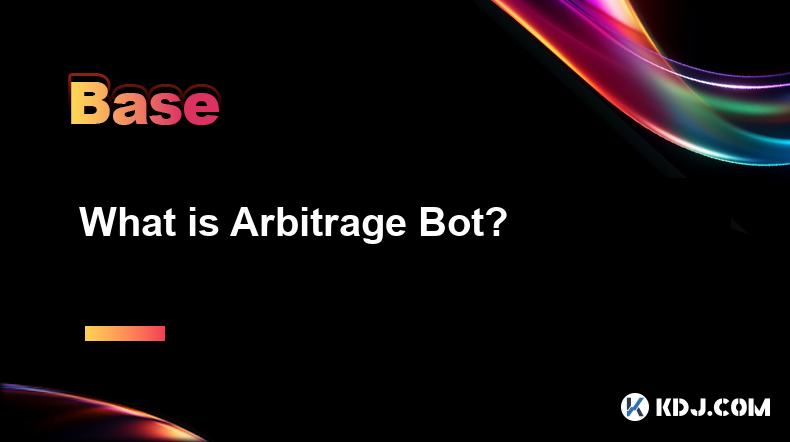-
 Bitcoin
Bitcoin $80,117.6541
1.53% -
 Ethereum
Ethereum $1,577.2032
-1.73% -
 Tether USDt
Tether USDt $0.9996
0.01% -
 XRP
XRP $1.9007
-1.41% -
 BNB
BNB $558.6668
-0.70% -
 USDC
USDC $0.9998
-0.05% -
 Solana
Solana $109.7570
2.66% -
 Dogecoin
Dogecoin $0.1512
0.66% -
 TRON
TRON $0.2301
-0.66% -
 Cardano
Cardano $0.5934
2.24% -
 UNUS SED LEO
UNUS SED LEO $8.9402
0.76% -
 Toncoin
Toncoin $3.0874
4.65% -
 Chainlink
Chainlink $11.5972
1.59% -
 Stellar
Stellar $0.2333
2.34% -
 Avalanche
Avalanche $17.1114
5.39% -
 Shiba Inu
Shiba Inu $0.0...01153
0.51% -
 Sui
Sui $2.0583
6.07% -
 Hedera
Hedera $0.1531
7.99% -
 MANTRA
MANTRA $6.3146
3.68% -
 Polkadot
Polkadot $3.6261
-1.81% -
 Bitcoin Cash
Bitcoin Cash $278.1372
1.06% -
 Litecoin
Litecoin $71.4524
0.64% -
 Dai
Dai $1.0000
-0.02% -
 Ethena USDe
Ethena USDe $0.9989
0.00% -
 Bitget Token
Bitget Token $4.2256
1.97% -
 Pi
Pi $0.5840
-2.20% -
 Hyperliquid
Hyperliquid $11.8697
11.62% -
 Monero
Monero $204.1857
1.76% -
 Uniswap
Uniswap $5.1857
-0.09% -
 OKB
OKB $51.2256
-3.47%
What is an orphan block?
Orphan blocks, discarded due to competing block additions, are a natural byproduct of blockchain's decentralized mining. While not compromising security, high orphan block rates might signal network issues requiring investigation.
Mar 14, 2025 at 09:35 am

Key Points:
- Definition of an orphan block in the context of blockchain technology.
- The process of orphan block creation due to network latency and competing blocks.
- The fate of orphan blocks and their impact on the blockchain's integrity.
- Mechanisms employed by different cryptocurrencies to handle orphan blocks.
- Real-world examples and implications of orphan block occurrences.
- Common misconceptions surrounding orphan blocks.
What is an Orphan Block?
An orphan block, also known as a stale block, is a block of validated transactions that is added to the blockchain but later gets discarded because another block was added to the main chain first. This happens due to the decentralized and asynchronous nature of blockchain networks. Miners independently work to solve complex cryptographic puzzles to add new blocks. If two miners successfully solve the puzzle around the same time, only one block can be added to the main chain. The other becomes an orphan.
How are Orphan Blocks Created?
The creation of an orphan block stems from the inherent race condition in blockchain mining. Multiple miners simultaneously work on solving the cryptographic hash puzzle. Network latency plays a significant role; a miner might successfully mine a block, broadcast it to the network, but before it's widely accepted, another miner's block arrives and gets added to the main chain. This effectively renders the first block an orphan, as it's no longer part of the main chain's chronological order.
The Fate of an Orphan Block
Orphan blocks are essentially discarded. They are not part of the blockchain's canonical history, and the transactions included within them are not considered finalized. The miners who successfully mined the orphan block do not receive the block reward. However, the computational effort expended by these miners isn't entirely wasted; it still contributes to the overall network security and the difficulty adjustment. The miners simply need to restart the mining process for a new block.
Handling Orphan Blocks: Different Approaches
Different cryptocurrencies utilize varying mechanisms to manage orphan blocks. Some networks automatically detect and discard orphan blocks, while others may require manual intervention. The efficiency of orphan block handling contributes to the overall robustness and stability of the blockchain network. A well-designed system minimizes the impact of orphan blocks on network performance and transaction finality.
Real-World Examples and Implications
Orphan blocks are a relatively common occurrence, particularly during periods of high network congestion or increased mining activity. While individually they are not catastrophic, a high frequency of orphan blocks might indicate underlying network issues. This could include problems with network connectivity, miner centralization, or algorithmic inefficiencies. A significant increase in orphan blocks could potentially impact transaction confirmation times and network stability, raising concerns about the overall health of the blockchain.
Misconceptions About Orphan Blocks
One common misconception is that orphan blocks represent a significant security vulnerability. This is largely untrue. Orphan blocks are a natural byproduct of the decentralized nature of blockchain networks. While they represent wasted computational power, they do not compromise the integrity of the blockchain itself. The blockchain’s consensus mechanisms ensure that the main chain remains consistent and secure, despite the occasional orphan. Another misconception is that orphan blocks directly lead to lost cryptocurrency; the transactions within an orphan block are simply reprocessed once they are included in a successfully added block.
Common Questions and Answers:
Q: Do orphan blocks affect the security of a cryptocurrency?
A: No, orphan blocks do not directly compromise the security of a cryptocurrency. The blockchain's consensus mechanism ensures that only the longest, valid chain is accepted, making the network resilient to these temporary discrepancies. The occurrence of orphan blocks themselves are actually an indicator of a functioning network, as they demonstrate the decentralized nature of the mining process.
Q: How frequently do orphan blocks occur?
A: The frequency of orphan blocks varies depending on the cryptocurrency's network hash rate, the network's congestion, and the propagation speed of block information. In general, they are relatively common, though usually not frequent enough to cause major issues. Increased orphan block occurrences could however suggest underlying network issues that require investigation.
Q: Can I recover transactions from an orphan block?
A: Transactions within an orphan block are not lost. The transactions are simply not yet confirmed. They will be included in a future valid block once they are re-broadcast to the network. The process of confirmation might take a bit longer but the transactions themselves remain safe.
Q: What causes a high rate of orphan blocks?
A: A high rate of orphan blocks often indicates problems within the network. This could stem from network congestion, slow block propagation, miner centralization, or issues with mining hardware and software. Investigating the root cause is crucial for maintaining network stability and efficiency. High latency within the network can also significantly increase the chances of orphan blocks.
Q: Are orphan blocks a sign of a failing blockchain?
A: Not necessarily. Orphan blocks are a natural consequence of the decentralized mining process. A moderate number of orphan blocks is expected and doesn't indicate imminent failure. However, a significantly high rate might signal deeper problems within the network's infrastructure or consensus mechanism. Consistent monitoring of orphan block frequency is therefore vital for network health.
Q: How are miners compensated for their work on orphan blocks?
A: Miners who create orphan blocks do not receive a block reward. The computational effort they invested is essentially wasted. However, their contribution to network security by participating in the competition to solve the cryptographic hash remains valuable. The network relies on many miners working to secure it, and even those who produce orphan blocks contribute to that security by making it harder for malicious actors to attack the network.
Disclaimer:info@kdj.com
The information provided is not trading advice. kdj.com does not assume any responsibility for any investments made based on the information provided in this article. Cryptocurrencies are highly volatile and it is highly recommended that you invest with caution after thorough research!
If you believe that the content used on this website infringes your copyright, please contact us immediately (info@kdj.com) and we will delete it promptly.
- The sane person's guide to investing in cryptocurrency
- 2025-04-08 09:15:11
- BTFD Coin (BTFD): One Stage Away From Rocket Mode
- 2025-04-08 09:15:11
- Upcoming Ethereum Pectra Update May Be a Launchpad for These 4 Tokens
- 2025-04-08 09:10:12
- Dogecoin (DOGE) Shows Signs of a Potential Bullish Trend Following a Significant 16% Price Recovery
- 2025-04-08 09:10:12
- Michael Saylor, Bitcoin evangelist and founder of the BTC-powered company Strategy, has published a bullish BTC statement
- 2025-04-08 09:05:12
- Dogecoin (DOGE) Eyes New Bullish Trend Amid Market Recovery
- 2025-04-08 09:05:12
Related knowledge

What is Finality Gadget?
Apr 08,2025 at 04:14am
The Finality Gadget is a crucial component in the architecture of certain blockchain networks, particularly those that utilize a hybrid consensus mechanism. It plays a pivotal role in ensuring the finality of transactions, which means that once a transaction is confirmed, it cannot be altered or reversed. This article delves into the intricacies of the ...

What is Longest Chain Rule?
Apr 08,2025 at 07:50am
The Longest Chain Rule is a fundamental concept in blockchain technology, particularly in the context of cryptocurrencies like Bitcoin. This rule is crucial for maintaining the integrity and security of the blockchain network. In essence, the Longest Chain Rule dictates that the valid blockchain is the one with the most cumulative proof-of-work, which i...

What is Orphan Block?
Apr 08,2025 at 05:00am
What is an Orphan Block?In the world of cryptocurrencies, particularly in blockchain technology, the term orphan block is frequently encountered. An orphan block is a block that has been mined and added to the blockchain but is later discarded or replaced by another block. This phenomenon occurs due to the decentralized nature of blockchain networks, wh...

What is Sniper Bot?
Apr 07,2025 at 10:43pm
A Sniper Bot is a type of automated trading software used within the cryptocurrency market to execute trades at optimal times, often milliseconds before other traders. These bots are designed to take advantage of new token listings, price fluctuations, and other market opportunities to buy or sell assets quickly and efficiently. The primary goal of a Sn...

What is Arbitrage Bot?
Apr 08,2025 at 06:00am
An arbitrage bot is a type of software designed to exploit price differences of the same asset across different cryptocurrency exchanges. These bots automatically buy the asset at a lower price on one exchange and sell it at a higher price on another, thereby generating a profit from the price discrepancy. The concept of arbitrage is not new, but the au...

What is Liquidation Bot?
Apr 08,2025 at 02:29am
A Liquidation Bot is an automated software tool designed to execute trades that take advantage of liquidations in the cryptocurrency market. Liquidations occur when a trader's position is forcibly closed due to insufficient margin to maintain the position, often triggered by significant price movements. Liquidation bots aim to profit from these events b...

What is Finality Gadget?
Apr 08,2025 at 04:14am
The Finality Gadget is a crucial component in the architecture of certain blockchain networks, particularly those that utilize a hybrid consensus mechanism. It plays a pivotal role in ensuring the finality of transactions, which means that once a transaction is confirmed, it cannot be altered or reversed. This article delves into the intricacies of the ...

What is Longest Chain Rule?
Apr 08,2025 at 07:50am
The Longest Chain Rule is a fundamental concept in blockchain technology, particularly in the context of cryptocurrencies like Bitcoin. This rule is crucial for maintaining the integrity and security of the blockchain network. In essence, the Longest Chain Rule dictates that the valid blockchain is the one with the most cumulative proof-of-work, which i...

What is Orphan Block?
Apr 08,2025 at 05:00am
What is an Orphan Block?In the world of cryptocurrencies, particularly in blockchain technology, the term orphan block is frequently encountered. An orphan block is a block that has been mined and added to the blockchain but is later discarded or replaced by another block. This phenomenon occurs due to the decentralized nature of blockchain networks, wh...

What is Sniper Bot?
Apr 07,2025 at 10:43pm
A Sniper Bot is a type of automated trading software used within the cryptocurrency market to execute trades at optimal times, often milliseconds before other traders. These bots are designed to take advantage of new token listings, price fluctuations, and other market opportunities to buy or sell assets quickly and efficiently. The primary goal of a Sn...

What is Arbitrage Bot?
Apr 08,2025 at 06:00am
An arbitrage bot is a type of software designed to exploit price differences of the same asset across different cryptocurrency exchanges. These bots automatically buy the asset at a lower price on one exchange and sell it at a higher price on another, thereby generating a profit from the price discrepancy. The concept of arbitrage is not new, but the au...

What is Liquidation Bot?
Apr 08,2025 at 02:29am
A Liquidation Bot is an automated software tool designed to execute trades that take advantage of liquidations in the cryptocurrency market. Liquidations occur when a trader's position is forcibly closed due to insufficient margin to maintain the position, often triggered by significant price movements. Liquidation bots aim to profit from these events b...
See all articles





















































































